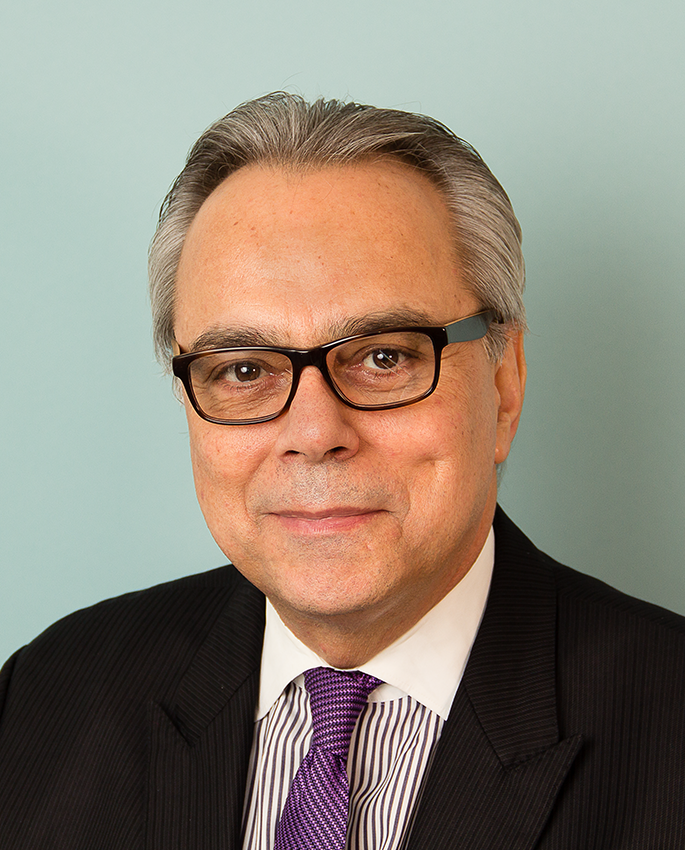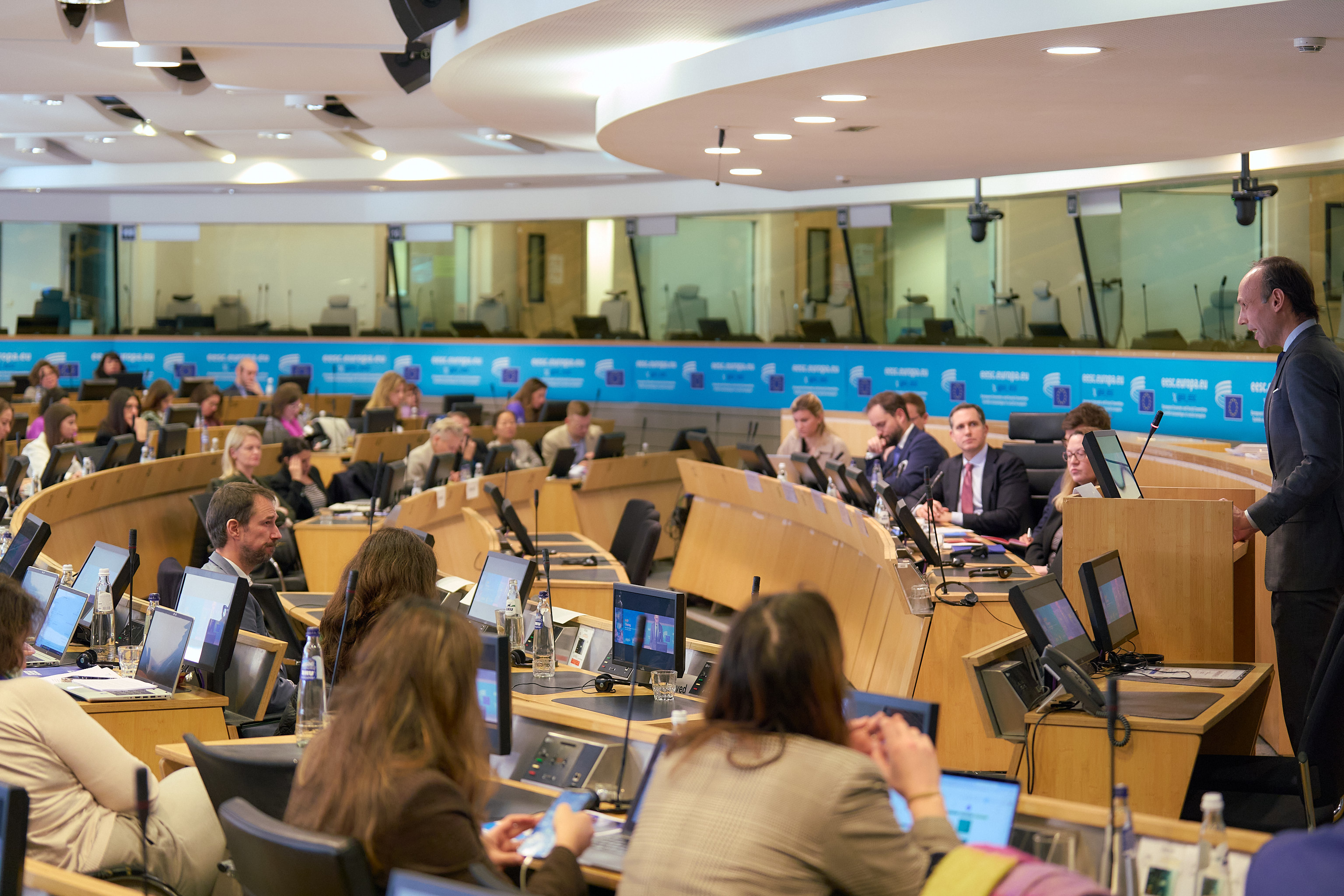Argentina: Change with continuity or by alternation?
On October 25, Argentina will hold presidential and legislative elections that will determine the successor to President Cristina Fernández de Kirchner and a reconfiguration of the Congress. Four months remain before the vote; during this time many things can happen.
While to date there are 13 presidential candidates already registered, a number that will be whittled down in the open, simultaneous, and obligatory primaries scheduled for August 9, all indications are that the election will end up polarized between the slate of the governing party, made up of Daniel Scioli-Carlos Zannini, and the slate of Mauricio Macri-Gabriela Michetti of the center-right opposition party Propuesta Republicana, known as PRO.
I take issue with those analyses that indicate that the option in these elections is focused on continuity or change, since the demand for change has been and is today, present in almost all elections in the region. For this reason, it is a mistake to automatically associate demand for change with alternation in power. In my opinion, what is really at stake in the October elections is the type of change that most Argentines are willing to support at the polls: a moderate change with continuity of the current regime, or a change by way of alternation in power.
The comparative experience in several recent elections in the Southern Cone shows that even though a high percentage of the population surveyed called for change (75% in Brazil), such change may occur in the context of continuity of the regime in power (by re-election of the president, party, or coalition in government) and not necessarily by alternation in power. Indeed, in South America there have been few cases of alternation in power in recent years, and in two of the three cases in which it happened recently (Paraguay in 2013 and Chile in 2014), alternation means returning to the party or coalition of parties that had been in power for a long time.
The good economic times had by the South American countries in the last decade (today the region is clearly experiencing a slowdown), the increase in levels of consumption and employment, the strong state intervention and active social policies that in many cases are markedly clientelistic (and which have led millions to emerge from poverty) are among the main factors that explain the trend to return the incumbent party, if not the incumbent, to power. In effect, never before had South America had so many years of continuous democratic rule: four successive administrations of the Workers Party in Brazil, three successive administrations of the Frente Amplio or Broad Front in Uruguay, three successive administrations of kirchnerismo in Argentina, three successive elections of Morales in Bolivia, three successive elections of Correa in Ecuador, four successive administrations of the right and center-right (once allies and today in confrontation) of Uribe and Santos in Colombia, and 16 years without interruption of chavismo in Venezuela. In Chile, from the return of democracy to date five of the six administrations have been of the Concertación (today called Nueva Mayoría due to the inclusion of the Communist Party) and in Paraguay the Colorado Party, which governed for 60 years without interruption, was out of power for just one term (2008-2013) only to return in 2013 with President Cartes at the helm. Only one country, Peru, has seen a high degree of alternation since 1980, in which no party has continued in government for at least two consecutive terms with the exception of Fujimori (in 1995 and 2000).
Continuity in government has also been strengthened by the systematic advantages that accrue to governing parties (use and abuse of state resources during election campaigns), the phenomenon of re-election, and weak and fragmented oppositions which, while they have the capacity to block the triumph of the governing parties (forcing them to a second round in some cases), are not strong enough to force alternation in power.
Comparative experience shows that re-election continues to be infallible, especially in South America, where every president who sought re-election (from 1978 to date) has won. In four of the 12 presidential elections that took place in 2013 and 2014, presidents could seek consecutive re-election. In all four cases they did so (Correa, Santos, Morales, and Rousseff), and in all these cases they were in fact re-elected. In three more countries former presidents sought their return: Saca in El Salvador, Vázquez in Uruguay, and Bachelet in Chile. The last two secured their objective: returning to the presidency via non-consecutive re-election.
Runoff elections are at a peak. Eight of the 12 countries in which there were elections in 2013 and 2014 have regulated runoff elections, and in six of these eight elections – Chile, Costa Rica, El Salvador, Colombia, Brazil, and Uruguay – it was necessary to go to a second round. The first-round victories of Correa in Ecuador in 2013 and Morales in Bolivia in 2014 were the exception. In all the second round elections in South America (in 2013-2014) the party in power won.
As we have seen, in South America it is not easy to defeat the parties in power. The expression of former prime minister of Italy Giulio Andreotti fully applies to these lands: “power wears down that which it does not have.”
In the opinion polls citizens are demanding change, but later at the ballot box they almost always vote for continuity. This is why the demand for change should not be associated automatically with a guarantee of alternation. In other words, over the last decade in the region there have been many elections but few new faces (or parties) in government. In many recent South American elections a very large part of the electorate has preferred moderate change within continuity of the regime in place over alternation, thereby reducing the risk of taking a “leap into the vacuum,” especially in the case of moving from center-left or left regimes to center-right options (the cases of Aecio Neves in Brazil and Luis Lacalle Pou in Uruguay are representative of this trend). Only Chile has seen a transition in this direction in recent years, of South American countries (with the triumph of Piñera in 2010 after 20 years of Concertación administrations, to which Chile returned in 2014 when Bachelet was elected president once again) and in Paraguay (in 2013), strongly influenced by the failure of the government of President Fernando Lugo and the historical and clientelistic weight of the Colorado Party. To this we must add that the vast majority of the countries of South America now have left or center-left governments, the only two exceptions being Colombia and Paraguay.
In summary, the fear of losing the benefits gained during the long period of center-left and left governments, the faithfulness of large sectors of the electorate to populist parties in power through social programs with a strong clientelistic content, an economic slowdown (but not crisis) which at the moment of the election (as occurred with the reelection of Rousseff in Brazil) does not have a strong impact on consumption or employment, the weight of the pro-government “narrative,” a president who in addition to enjoying considerable support among the citizens refuses to become a “lame duck,” and a fragmented opposition that associates demand for change with alternation in government are all factors that should be borne in mind going into the Argentine elections this coming October 25. Argentines want change, there’s no doubt about it. What is not yet clear is whether they also want alternation in power.




